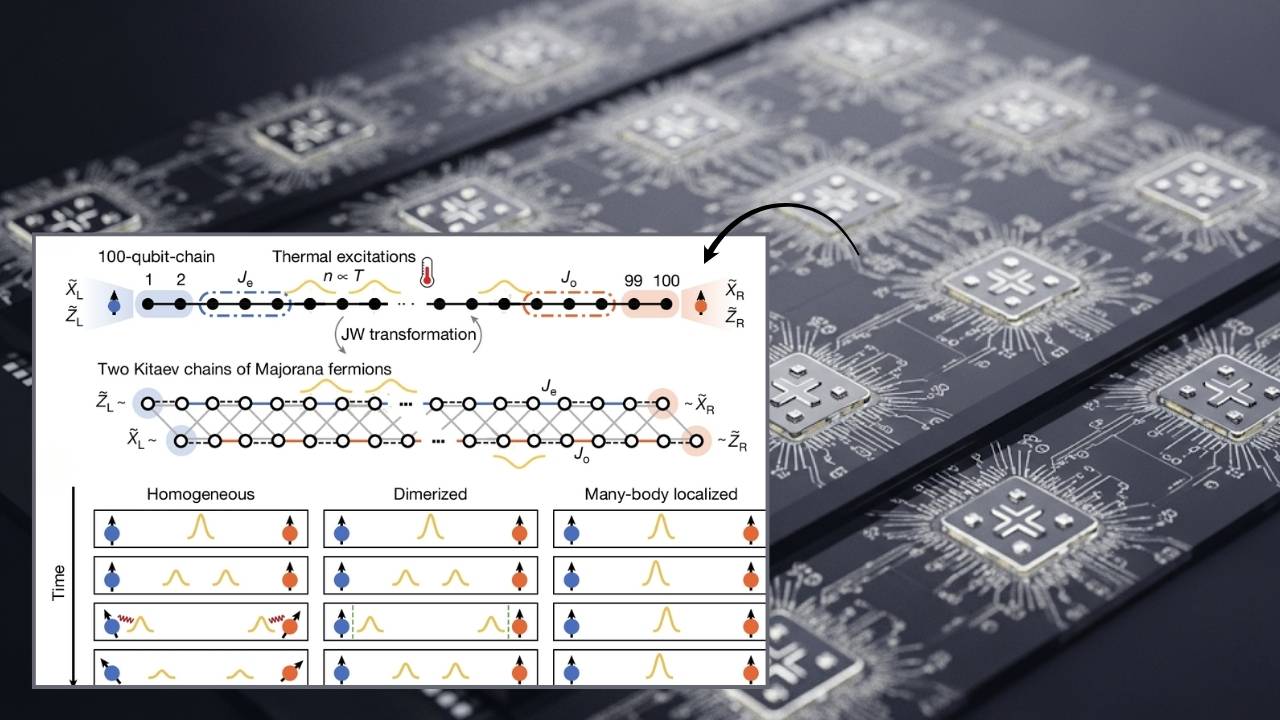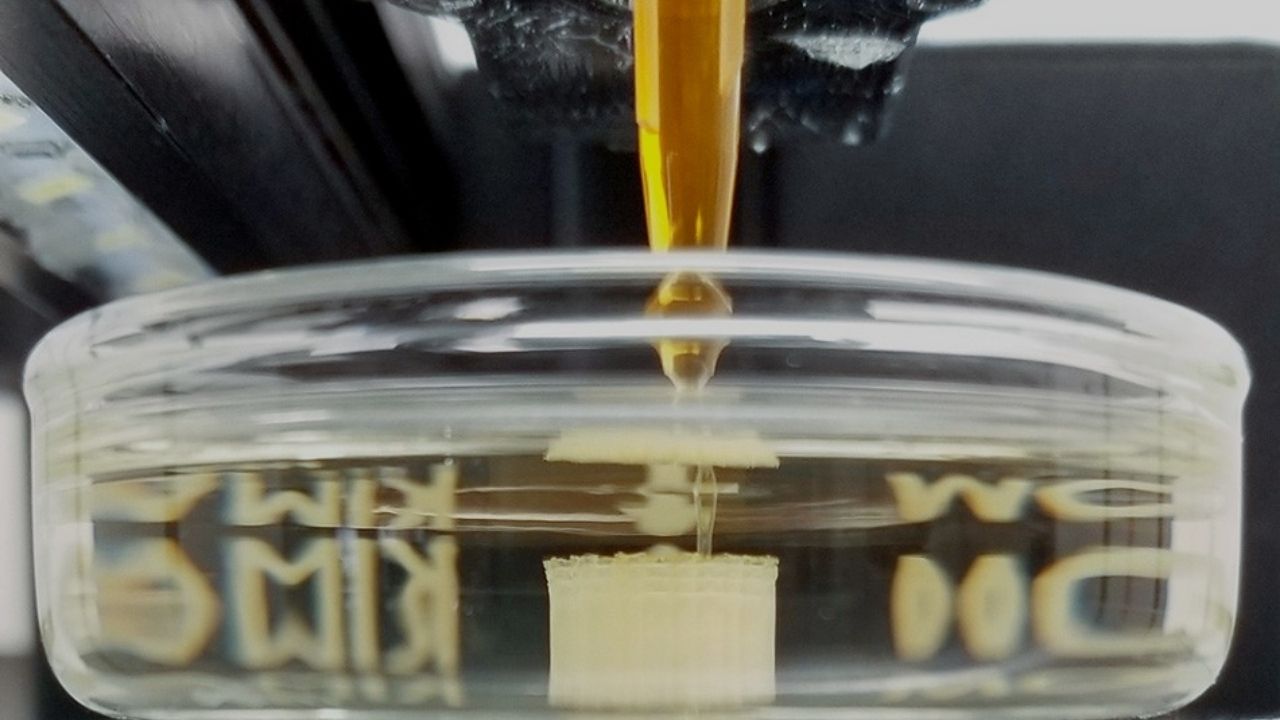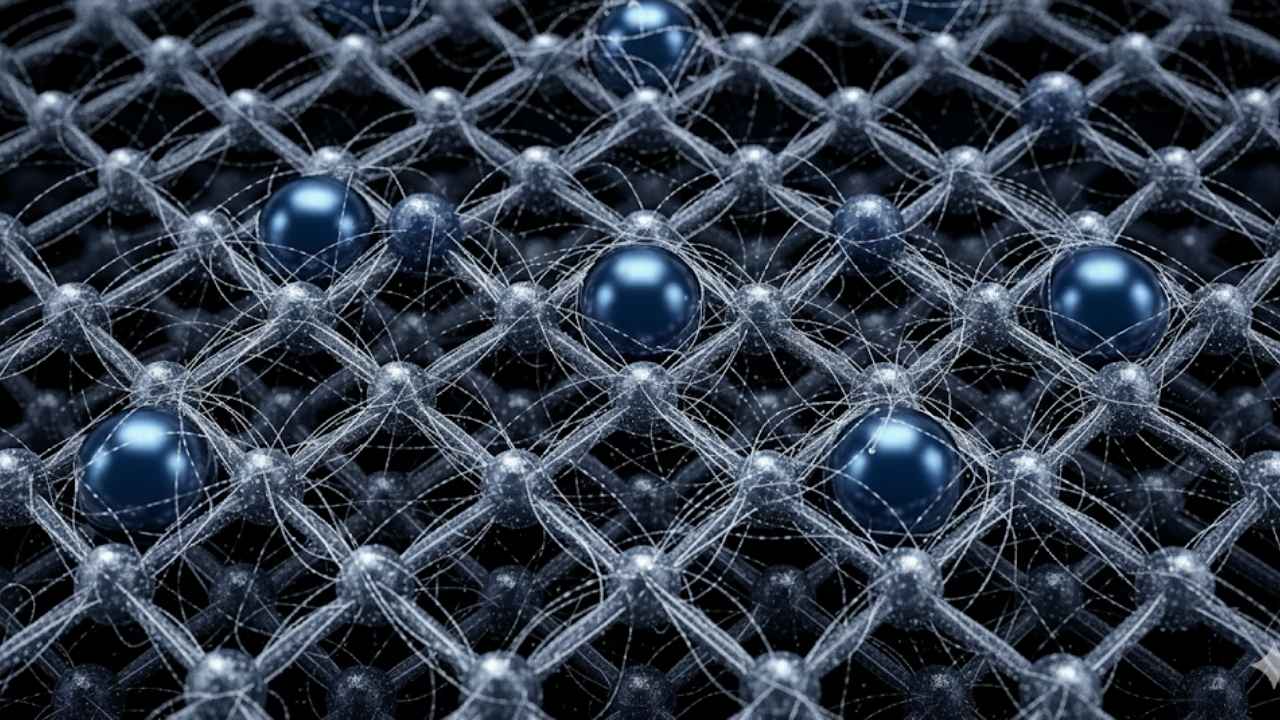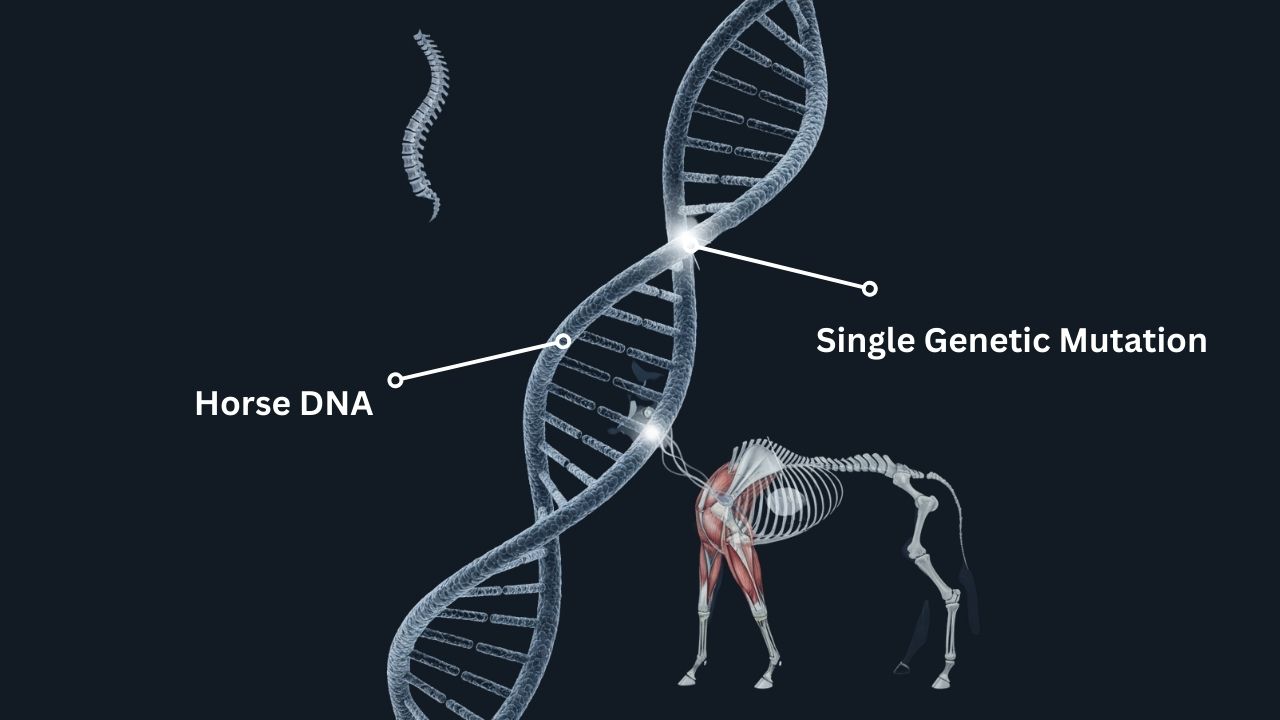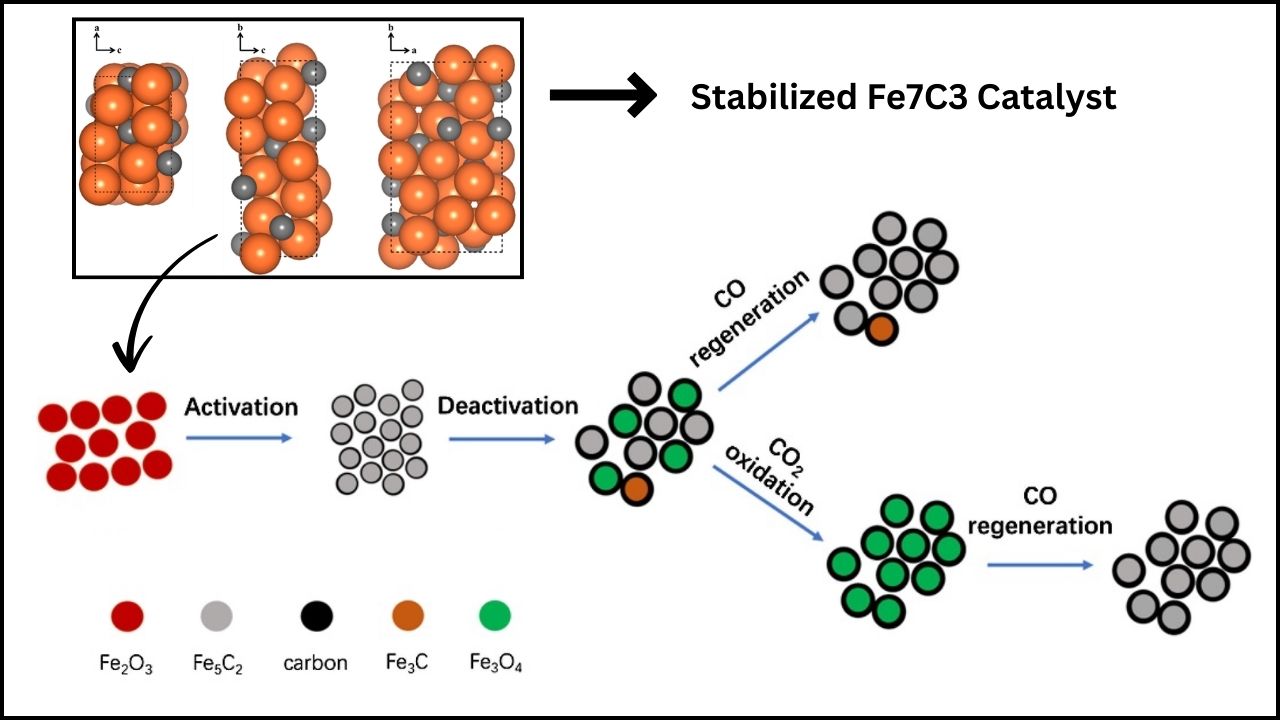Dual laser excitation is revolutionizing the way we see the invisible world at the nanoscale by boosting light emission from tiny nanoparticles. This cutting-edge technology is especially exciting because it allows us to visually detect near-infrared (NIR) light that is normally invisible to the naked eye and common detectors. Scientists have recently made significant progress in this field by shining two laser beams simultaneously on upconverting nanoparticles, causing them to emit much stronger visible light than before. This breakthrough opens up many practical applications, from medical imaging to environmental sensing.
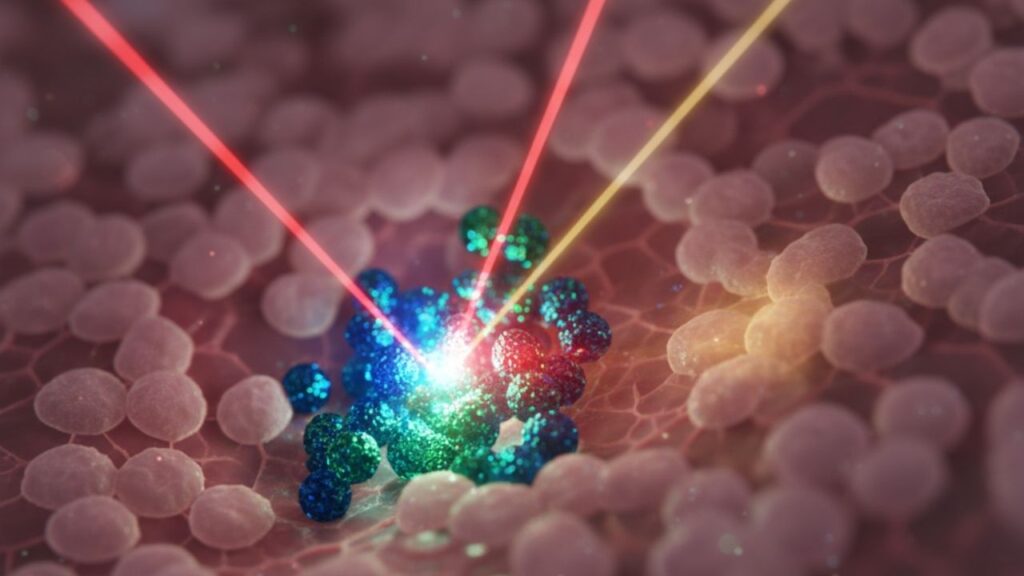
In this article, we will explore what dual laser excitation is, how it works, why it is important, and how it could change the future of nanotechnology and imaging. Whether you’re a science enthusiast, a professional researcher, or curious about emerging technology, this guide will provide clear, actionable insights and facts.
Dual Laser Excitation Makes the Invisible Visible
| Feature | Description | Professional Insight |
|---|---|---|
| Technology | Dual laser excitation of nanoparticles | Enables near-infrared light visualization through enhanced visible emission |
| Material | NaYF4 nanoparticles doped with Yb3+ and Tm3+ ions | Optimal doping allows efficient energy transfer and emission |
| Laser Wavelengths | Primary 975 nm laser + tunable NIR laser (1050–1875 nm) | Coexcitation promotes absorption at multiple energy levels |
| Emission Enhancement | Up to 800% stronger light emission | Far exceeds simple additive effects of single laser excitation |
| Practical Use | Subdiffraction bioimaging, sensitive NIR detection | Lower excitation power reduces sample damage, ideal for biological samples |
| Detection Range | Visualizes NIR light above 1700 nm | Extends beyond silicon and traditional InGaAs detector limits |
Dual laser excitation technology is a powerful, energy-efficient way to make invisible near-infrared light visible at the nanoscale by boosting the light emission of specially designed nanoparticles. This innovative approach overcomes previous detection limits, enabling exciting advancements in nano-imaging, sensing, and photonic applications. As researchers continue refining this technology, its practical uses are poised to impact many scientific and industrial fields, heralding a new era of enhanced visibility into the previously unseen nanoscale world.
What is Dual Laser Excitation?

In basic terms, dual laser excitation involves shining two lasers of different near-infrared wavelengths simultaneously on specialized nanoparticles. These nanoparticles, usually made of rare-earth elements like ytterbium (Yb) and thulium (Tm) embedded in a crystalline host, absorb photons sequentially from the two lasers. This combined energy absorption leads to strong emission of visible light through a process called upconversion — converting lower-energy infrared light into higher-energy visible light.
How Does Dual Laser Excitation Boost Light Emission?
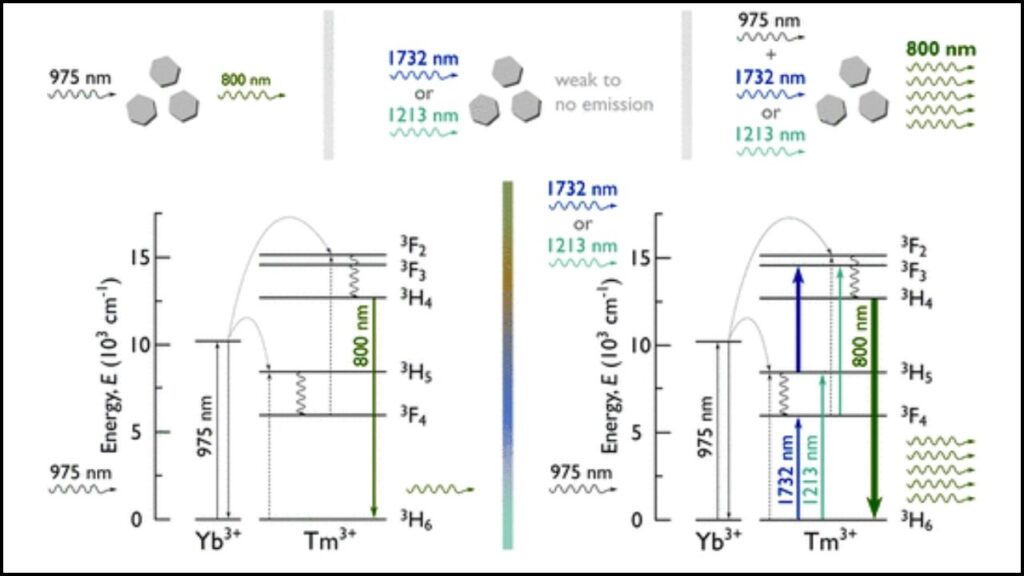
Traditionally, upconverting nanoparticles are excited by a single NIR laser (around 975 nm) to produce visible luminescence. However, when a second NIR laser is added at a different wavelength—especially one that matches absorption bands of ions like Tm3+—the nanoparticles exhibit a dramatic increase in visible light emission, sometimes up to 800% more intense than with either laser alone.
This effect happens because the dual wavelengths excite different electronic states in the lanthanide ions inside the particles, enabling more efficient transfer of energy and higher emission output. Notably, in some cases, combining the two lasers actually produces a visible glow where no visible light was detected with either laser alone.
This breakthrough was obtained by researchers using NaYF4 nanoparticles codoped with 20% Yb3+ and 0.1% Tm3+ ions, highlighted in a 2025 study in ACS Nano.
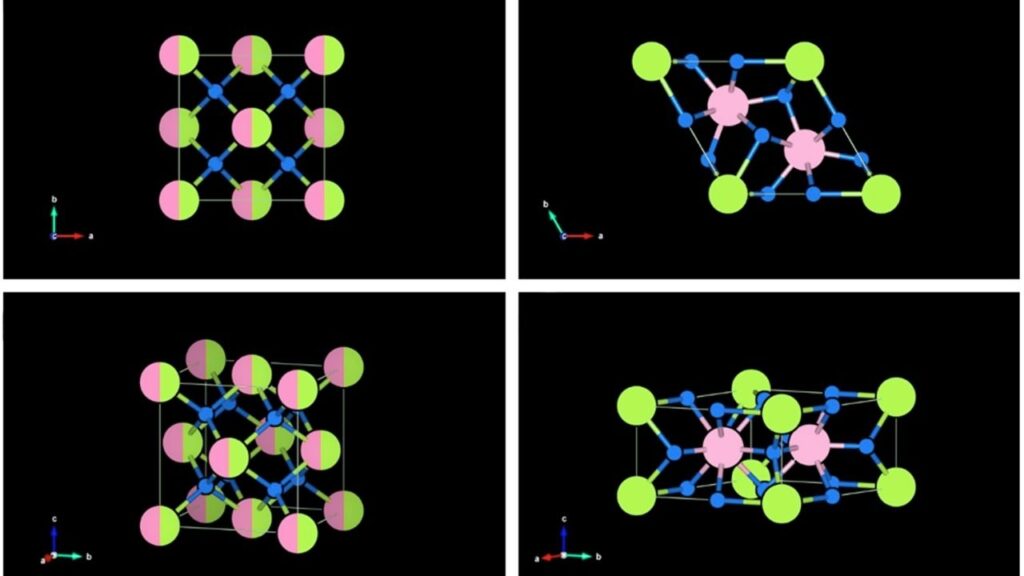
Why is This Important?
- Seeing the invisible: NIR light beyond 1700 nm is invisible to common detectors, but this method allows converting that light into visible signals detectable with simpler equipment.
- Lower damage to samples: Dual laser excitation achieves strong signals at much lower laser intensities, minimizing potential damage to biological samples during imaging procedures.
- Enhancing super-resolution imaging: The technique can improve subdiffraction imaging, crucial for observing biological structures smaller than traditional microscopes can resolve.
- Broader sensing applications: Enhanced emission sensitivity can be used in environmental sensors, security markings, information encryption, and medical diagnostics.
Practical Guide to Dual Laser Excitation in Nanoparticle Research
Step 1: Choose the right nanoparticles
- Typically, lanthanide-doped particles like NaYF4 doped with Yb3+ and Tm3+.
- Optimal doping levels are critical for maximizing energy transfer efficiency.
Step 2: Select appropriate laser wavelengths
- Primary laser: 975 nm (to excite Yb3+ ions).
- Secondary laser: Tunable range 1050–1875 nm targeting absorption bands of Tm3+ (commonly near 1213 nm and 1732 nm).
Step 3: Simultaneously illuminate nanoparticles
- Use continuous-wave lasers with controlled power density.
- Coexcitation optimizes electron population dynamics in nanoparticle ions.
Step 4: Measure enhanced visible emission
- Use sensitive photodetectors to quantify light emission.
- Expect up to 8-fold increase in intensity with dual excitation compared to single wavelength.
Step 5: Apply in imaging or sensing
- For bioimaging, use the nanoparticles as contrast agents to reveal structures under NIR light with minimal sample heating.
- For sensing, detect weak or hidden NIR signals by converting them into visible light.
Real-World Examples and Applications
Medical Imaging
Dual laser excitation can improve imaging of delicate tissues by enhancing contrast without using harmful high-intensity light. This method can lead to advances in microscopy techniques that allow scientists to see cellular details at resolutions below the diffraction limit of light.
Environmental Sensors
Sensitive detection of NIR signals emitted by pollutants or other targets can be boosted by this technology, enabling earlier and more accurate monitoring.
Security and Anti-Counterfeiting
The unique light emission profile from dual laser excitation can be used to create covert markers that are only visible under specific dual laser illumination, enhancing security features in currency, documents, and products.
New Additive Method Transforms Perovskite Lasers — What This Means for Next-Gen Devices
Lasers Used To Push Crystal Vibrations To Their Quantum Ground State
FAQs About Dual Laser Excitation Makes the Invisible Visible
What are upconverting nanoparticles?
Upconverting nanoparticles absorb low-energy photons (NIR) and emit higher-energy photons (visible light), useful for imaging and sensing applications.
Why use two lasers instead of one?
Two lasers excite different energy states, allowing more efficient absorption and emission, resulting in much stronger visible light output.
Are these nanoparticles safe for medical use?
Current studies show these lanthanide-doped nanoparticles are photostable and can be biocompatible, but more research is ongoing for clinical application safety.
What equipment is needed for dual laser excitation?
Typically, two near-infrared lasers with tunable power and wavelength control, along with sensitive photodetectors or cameras for detecting emitted light.
